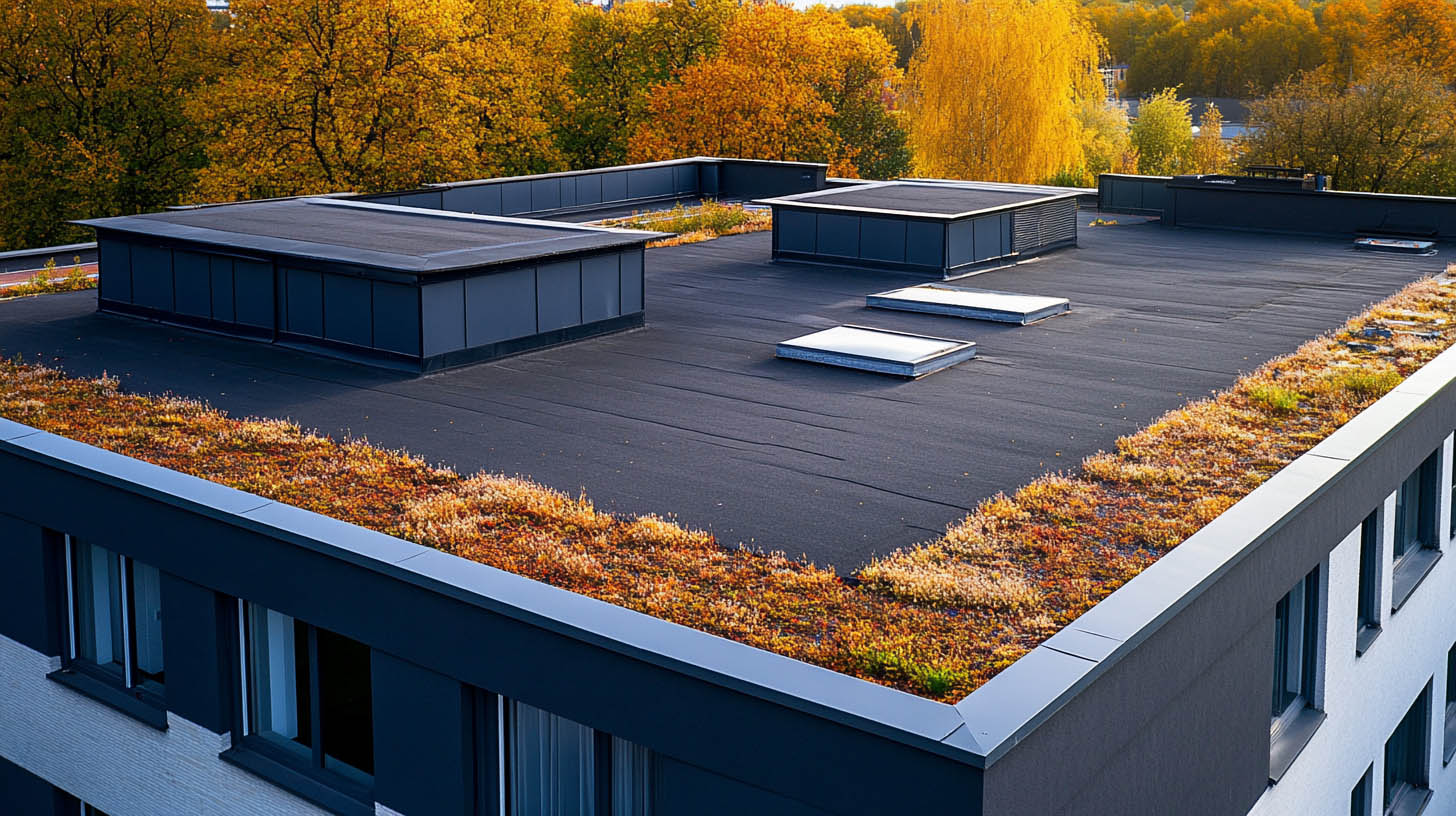
Flat roofs have become a hallmark of modern architecture, prized for their sleek look and functional advantages. Yet, when it comes to maintenance, these roofs often require a more hands-on approach. In Charleston, WV, Rainstoppers Roofing offers expert flat roof maintenance services to help homeowners protect their investment and avoid costly repairs.
What Are Flat Roofs?
Defining Flat Roofs
Flat roofs are low-slope structures designed to maximize space efficiency. While they appear level, most have a slight incline to assist drainage. Commonly constructed from materials like rubber membranes, modified bitumen, or layers of tar and gravel, they are versatile but vulnerable to certain challenges.
Types of Flat Roofs
Flat roofs come in several variations, each with unique features:
- Built-Up Roofs (BUR): Traditional multi-layered roofs made of tar and gravel.
- Modified Bitumen: Asphalt-based roofing offering flexibility and ease of installation.
- Rubber Membrane (EPDM): Lightweight and resistant to UV damage, but prone to punctures.
Common Maintenance Challenges
Drainage Issues
Unlike pitched roofs, flat roofs lack a natural slope to channel water away, increasing the risk of pooling. Pooled water can lead to leaks, structural damage, and mold growth. Ensuring proper drainage through routine inspections and gutter cleaning is vital.
Membrane Degradation
Flat roofs rely heavily on their waterproof membranes. Over time, exposure to weather and foot traffic can cause cracks and blisters, compromising their integrity.
UV Damage
Prolonged exposure to sunlight can make roofing materials brittle. Applying reflective coatings can mitigate this issue and extend the roof’s lifespan.
Flat Roofs vs. Pitched Roofs: Maintenance Comparison
Inspection Frequency
Flat roofs require inspections at least twice a year, especially after heavy storms. Pitched roofs, by contrast, generally need less frequent checks due to their natural resistance to water pooling.
Repair Costs
Flat roof repairs often involve addressing widespread membrane issues, which can be costly. In comparison, fixing localized problems on pitched roofs, such as replacing shingles, tends to be more affordable.
Lifespan Differences
While flat roofs typically last 20–25 years with proper care, pitched roofs can endure 30 years or more, making them a more durable but less versatile option.
Key Insight: A well-maintained flat roof can last up to 25 years, but neglecting maintenance could significantly reduce this lifespan.
Advantages and Disadvantages of Flat Roofs
Benefits
- Space Utilization: Ideal for rooftop gardens, solar panels, or outdoor patios.
- Aesthetic Appeal: Complements modern architectural styles with clean, minimalist lines.
- Easy Accessibility: Simplifies tasks like cleaning or inspections.
Drawbacks
- Higher Maintenance Needs: Requires frequent inspections and proactive care.
- Water Retention Risks: Poor drainage can lead to significant issues.
- Shorter Lifespan: Generally requires replacement sooner than pitched roofs.
Pro Tips for Flat Roof Maintenance
Regular Inspections
Schedule inspections at least twice annually. Pay attention to signs of damage, such as cracks, pooling water, or membrane wear.
Prompt Repairs
Address small issues immediately to prevent escalation. Delaying repairs can lead to expensive structural damage or leaks.
Professional Maintenance
Rely on experts to handle complex tasks like applying UV-resistant coatings or conducting in-depth inspections.
FAQs
Are flat roofs harder to maintain than pitched roofs?
Yes, flat roofs typically require more frequent inspections and maintenance due to drainage and wear issues.
What is the most durable material for flat roofs?
EPDM rubber membranes are highly durable and UV-resistant, though they may require protective coatings.
Can I install solar panels on a flat roof?
Absolutely. Flat roofs are ideal for solar installations due to their accessibility and space availability.
How often should flat roofs be inspected?
Twice a year, and after major storms, to ensure drainage systems are clear and membranes are intact.
Is a flat roof worth the investment?
Despite higher maintenance needs, flat roofs offer unique functional and aesthetic advantages, making them a compelling choice for many homeowners.
Conclusion
Flat roofs are an excellent choice for modern homes, offering additional space and a contemporary aesthetic. However, their maintenance demands require a proactive approach. By scheduling regular inspections, addressing repairs promptly, and partnering with experienced professionals like Rainstoppers Roofing, homeowners can enjoy the benefits of flat roofs while minimizing potential issues.If you want to read a blog about the evolution of roof tile designs, click here.
